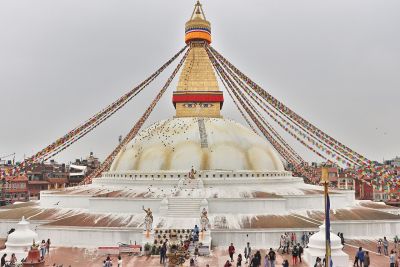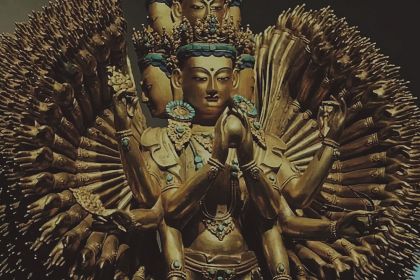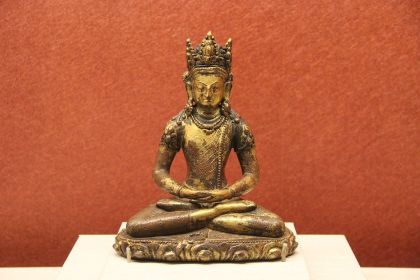MEDITATION
Shurangama Mantra as a vital Buddhist practice to save the universe and achieve enlightenment

Boudha Stupa by Nabin K. Sapkota
Shurangama Mantra is the longest Buddhist chant highly revered in Tibet and China, where it is considered to be the 'king of mantras' for its vastness and significance. The earliest mention of the mantra dates back to the 8th century AD, appearing in the Śūraṅgama Sūtra—a complex Chinese text supposedly compiled from several Indian sources.
According to the sutra, the Śūraṅgama mantra was intended to protect Ānanda, the primary attendant of Gautama Buddha, before he became an arhat, one who has gained insight into the true nature of existence and has achieved nirvana.
The full title of the Shurangama Mantra is mo he sa dan tuo bo da la tuo lo ni zhou, and this can be interpreted as "Great White Canopy of Light Dharani Mantra" where the term dhāraṇī denotes particularly long Buddhist recitatives. This meaning was suggested by Hsuan Hua, one of the most influential monks of Chan Buddhism who explained in his lectures that the Śūraṅgama mantra is the longest and most essential chant on which the flourish or demise of Buddhism depends. Moreover, the effective phrases of this mantra—when recited by at least one person—keep heaven and earth from destruction.
Listen to the Shurangama Mantra by Imee Ooi:
Besides keeping the world from coming to an end, reciting the Shurangama Mantra texts can empower the practitioner with the strength necessary to follow the Buddha's path and ultimately lead him to enlightenment.



